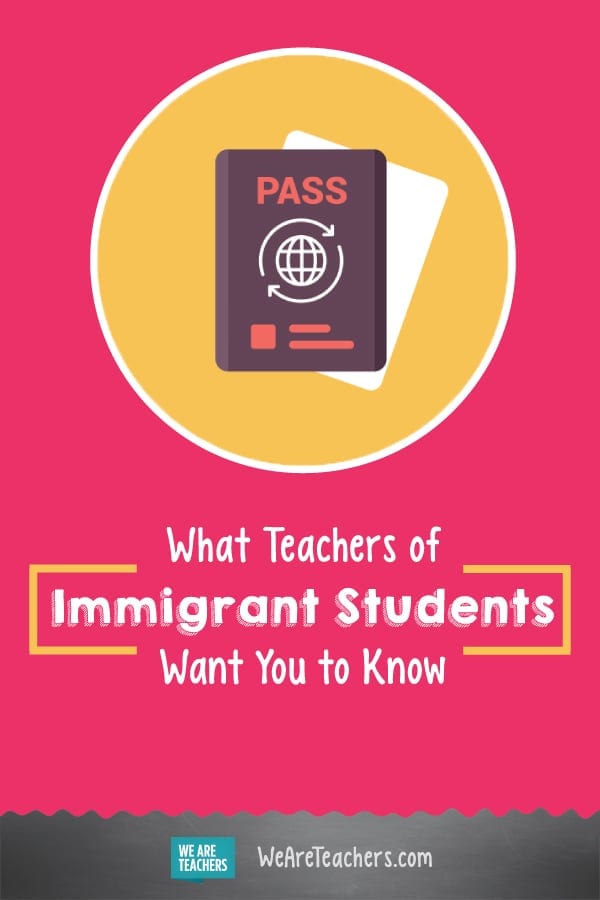In 1982, the United States Supreme Court case Plyler v. Doe ruled that all children have a constitutional right to receive a free public K–12 education, regardless of immigration or naturalization status. However, in the current climate of increased enforcement measures, some fears and misconceptions exist in school communities. So, we talked to teachers of immigrant students and experts on this topic who shared some important truths.
1. Your students are your students. The end.
Sharon Slovak spent 30 years teaching K–12 students in El Centro, California, just miles from the US-Mexico border. “Whoever showed up in my class was my student. End of story. I never asked, prodded, or even considered their documentation status.” This feeling was recently echoed by special education teacher Allie Sczecinski on her Instagram channel, @_missbehavior. “The beautiful thing about a public school is that any child from any walk of life can show up in your classroom.”
2. You will never know the official naturalization status of your students.
Teachers are often their students’ trusted confidants. Still, it is not likely that teachers will ever know the official naturalization status of their students. For one, the students often do not know their own status. Secondly, according to the Family Educational Rights and Privacy Act (FERPA), this information is outside of teachers’ lawful access.
3. English language learner status and home language have no bearing on naturalization status.
Teachers and schools do not make assumptions about official citizenship status based upon a student’s English proficiency or home language. The US remains a nation of great language diversity, bilingual students, and English language learner (ELL) education. In a recent interview on Colorín Colorado, an ELL district-level leader said, “I am privileged to work in a district that really lives the motto, ‘Equity in all we do,’ and supports the vision of increasing quality language learning and educational experiences for our multilingual/multicultural community members.”
4. Parent involvement levels do not indicate immigration status.
Just as teachers do not make assumptions about families’ status based upon their home language, they also do not guess students’ status based upon parent involvement. As with any student, a parent or guardian’s communication and involvement levels indicate nothing more than busy lives filled with work and family.
5. Teachers do not judge families’ immigration status.
If a student or family shares their immigration status with an educator, teachers do not react with judgment. Catherine Drew, an English teacher for 34 years on the California-Mexico border, quoted the Somali British writer Warsaw Shire’s poem “Home.” “The poem says, ‘No one puts their children on a boat unless the water is safer than the land.’ If I have students with parents who felt that they were safer on the water—or the road, rather—and they chose safety, they have only my admiration. I would do the same.”
6. Schools provide all the support they can to assist their families.
The ELL district leader in Colorado says that her district has stepped up their assistance in the current climate. “I have seen an increase in anxiety from students, families and staff members regarding the safety of our immigrant and refugee students. I have begun to provide more insight to district leaders and principals regarding immigrant and refugee experiences and guidance on needed responses from our district through supports and systemic practices.” Read more about the changes this district is making to support their immigrant students and families.
7. You would do anything to protect your students.
Slovak states, “All students are welcomed to my class with love. I am sure all teachers feel the same.” Drew echoes this sentiment. “I will arm you with knowledge and defend you with love.”
For more information and ways to provide actionable help on this important topic, please read the American Federation of Teachers guide to help schools and districts protect youth and families in case of immigration prosecution.
Plus, six reasons why I love working with immigrant students.


